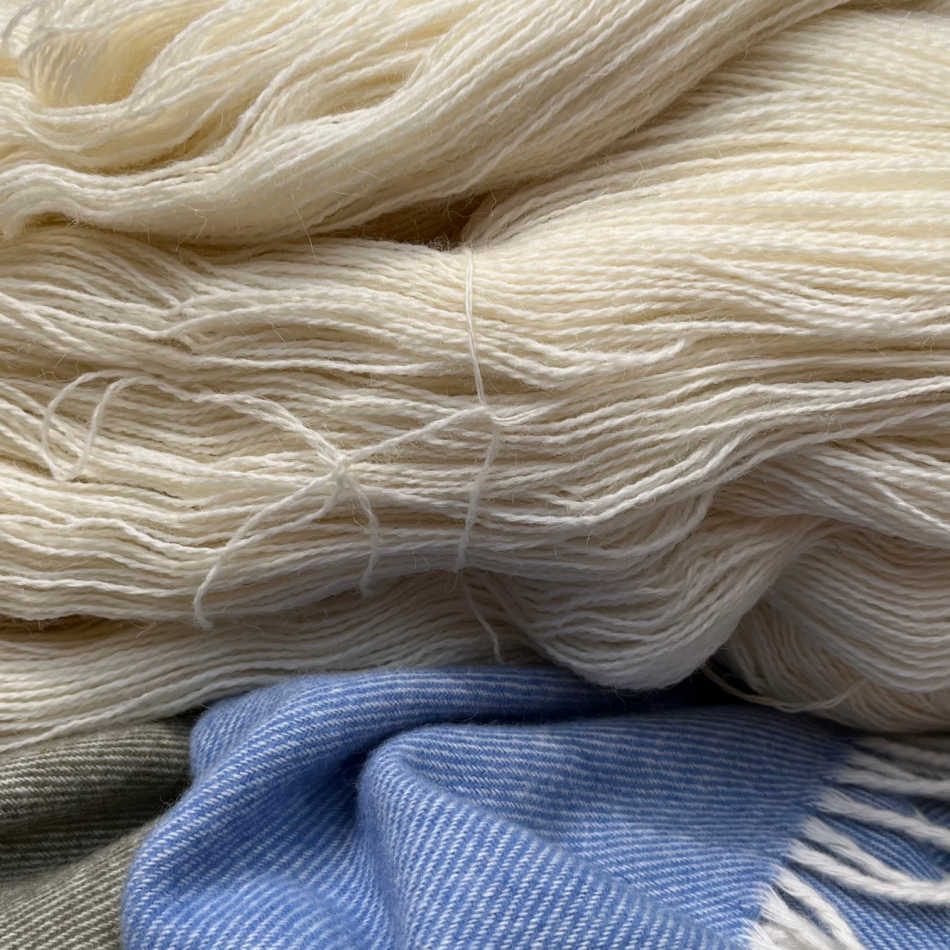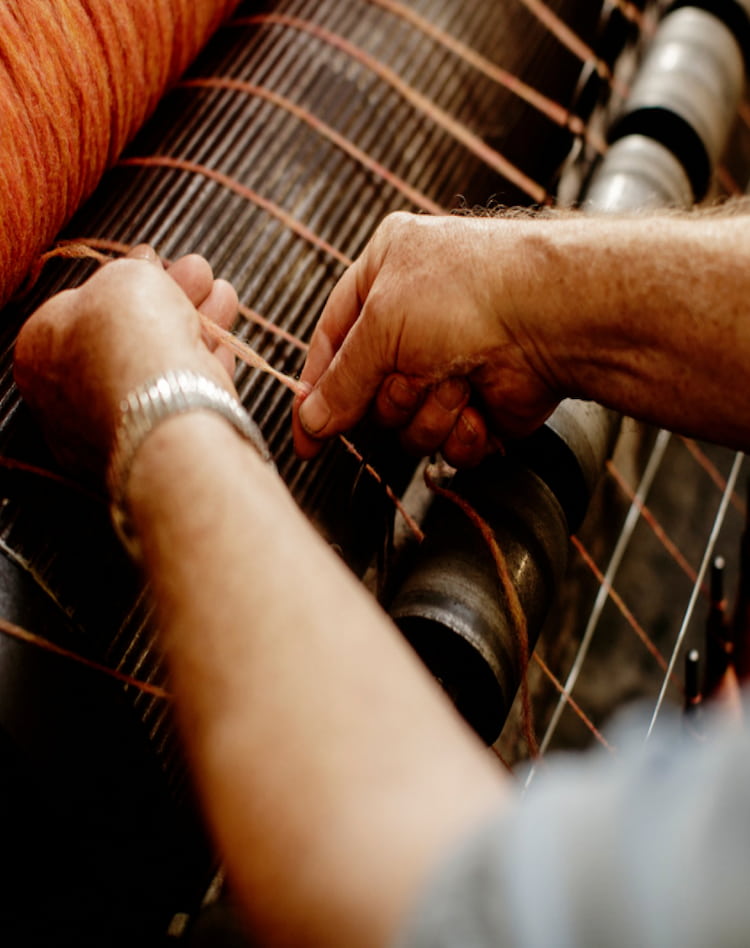For a Small Repair
For a very small repair (less than 5 threads broken) to mohair, lambswool or Irish wool we recommend darning the patch. Darning is a sewing technique which aims to re-weave threads back into the textile.
For this you will need:
For a Small to Medium Repair
For a small to medium repair to mohair, lambswool or Irish wool we recommend mending the hole by applying a fabric piece. It is impossible to disguise a repair patch and it's for this reason that we suggest you look at this as an embellishment, maybe be adventurous and look at making the repair using contrasting colours or textures which add more character to your textile.
For this you will need:
For a very small repair (less than 5 threads broken) to mohair, lambswool or Irish wool we recommend darning the patch. Darning is a sewing technique which aims to re-weave threads back into the textile.
For this you will need:
- A darning needle (thick needle)
- The appropriate mending yarn
- A tennis ball or darning egg
- Scissors
- Place your textile over the tennis ball or darning egg (you can also just stretch the fabric over your hand if you prefer), find and cut the loose ends of the broken threads.
- Thread your needle with the mending yarn. Find the broken textile yarn, starting 3 inches from the end of broken thread feed the needle into the fabric following the path of the textile yarn, up and down the weaving pattern.
- Continue this until the mending yarn has reached the other end of the broken yarn, continue to follow the thread until the mending yarn is 3 inches from the end of broken thread. Snip the mending yarn.
- Find any other broken threads and apply the same treatment until the area is full with new mending yarns.
For a Small to Medium Repair
For a small to medium repair to mohair, lambswool or Irish wool we recommend mending the hole by applying a fabric piece. It is impossible to disguise a repair patch and it's for this reason that we suggest you look at this as an embellishment, maybe be adventurous and look at making the repair using contrasting colours or textures which add more character to your textile.
For this you will need:
- Sewing needle
- Repairing fabric and thread
- Scissors.
- With a small scissors, trim any loose threads on the area to be repaired so it has a nice clean edge.
- Pin the patch of repair fabric to area, taking care to match any pattern and the fabric grain. The patch should be larger than the rip by at least 1.5 centimeters.
- Next, secure the edge of the fabric patch to avoid fraying. This is achieved using a needle and thread and creating an overhand stitch around the edge of the patch or alternatively, by using an overlocker or zigzag stitch on a sewing machine.
- Do the same as above step, to the edges of your hole or tare.
- Make a few short back stitches to initially secure the patch to the textile, ensuring there is enough overlap of the patch on all sides.
- Sew the patch onto the textile taking your time, be neat and take care of the fabric and thread tension.
- Trim any loose threads and you're done.




